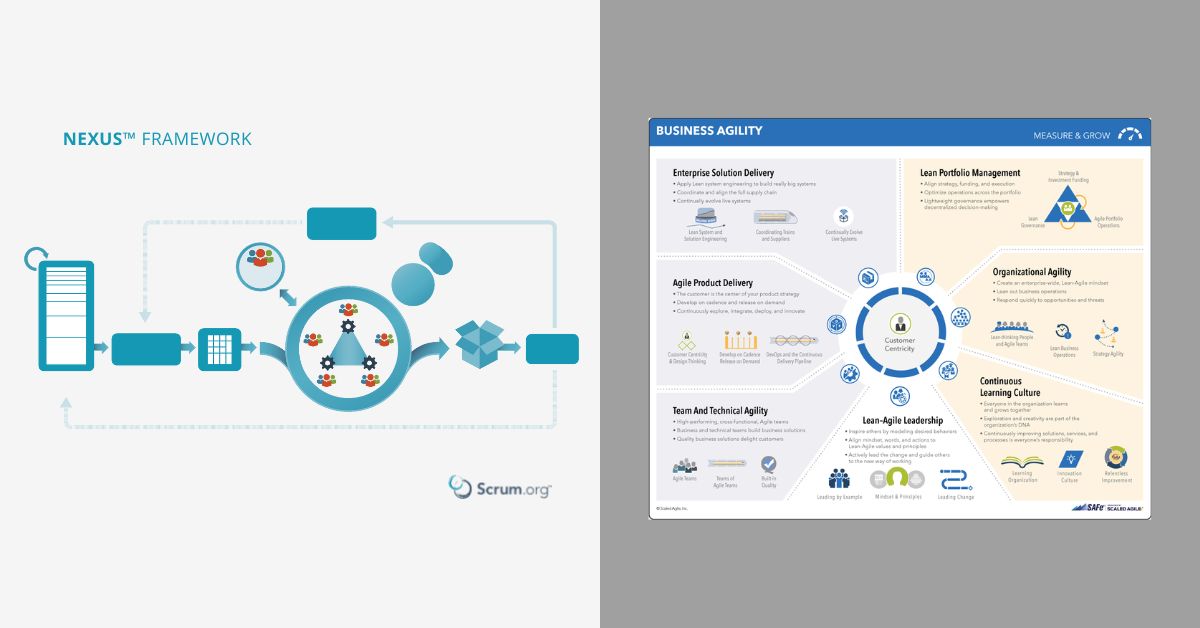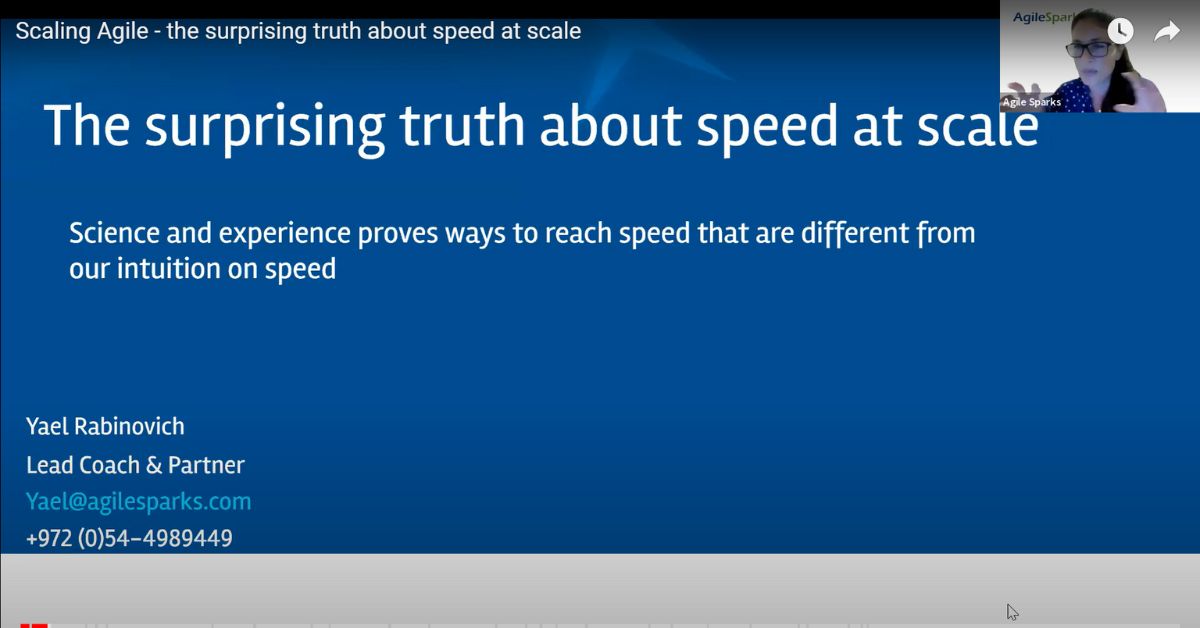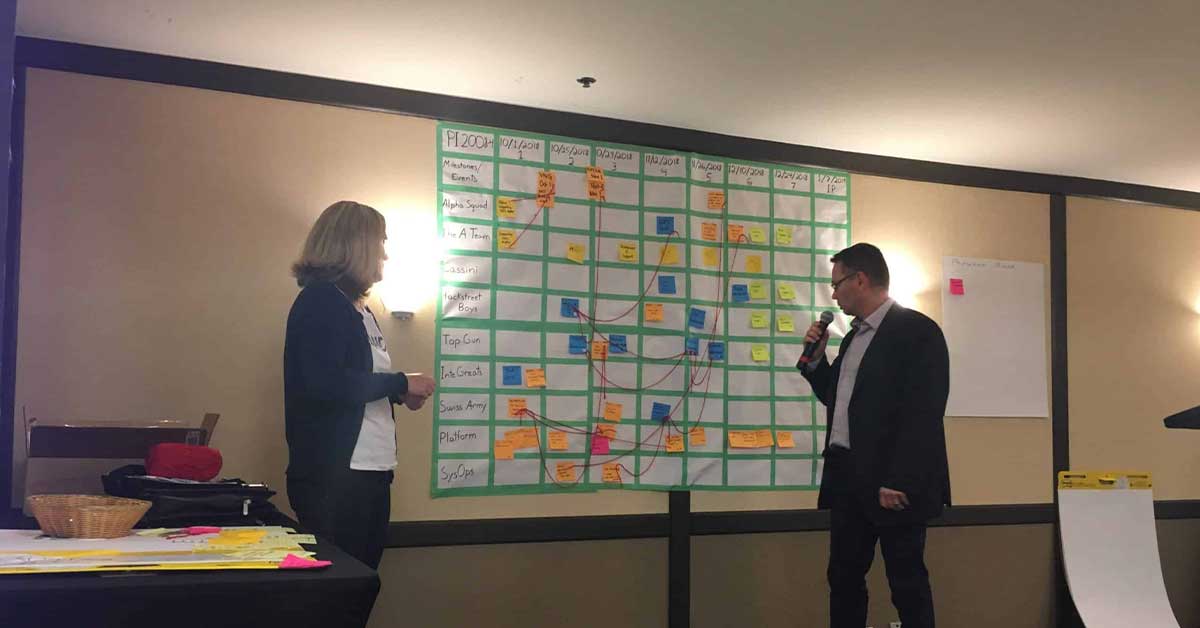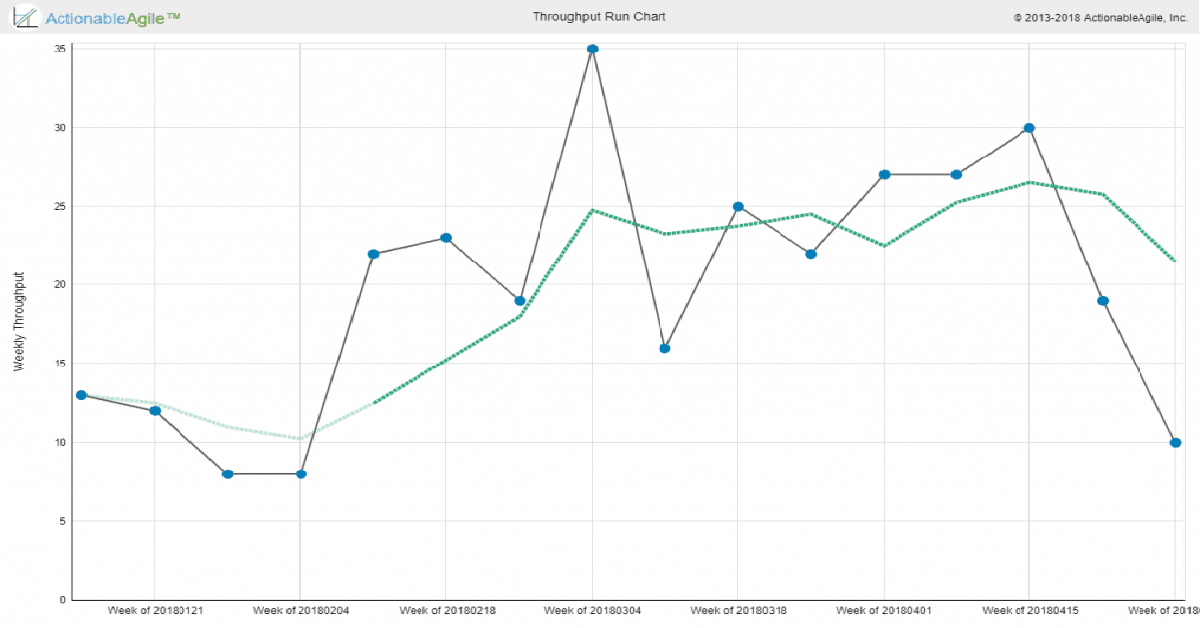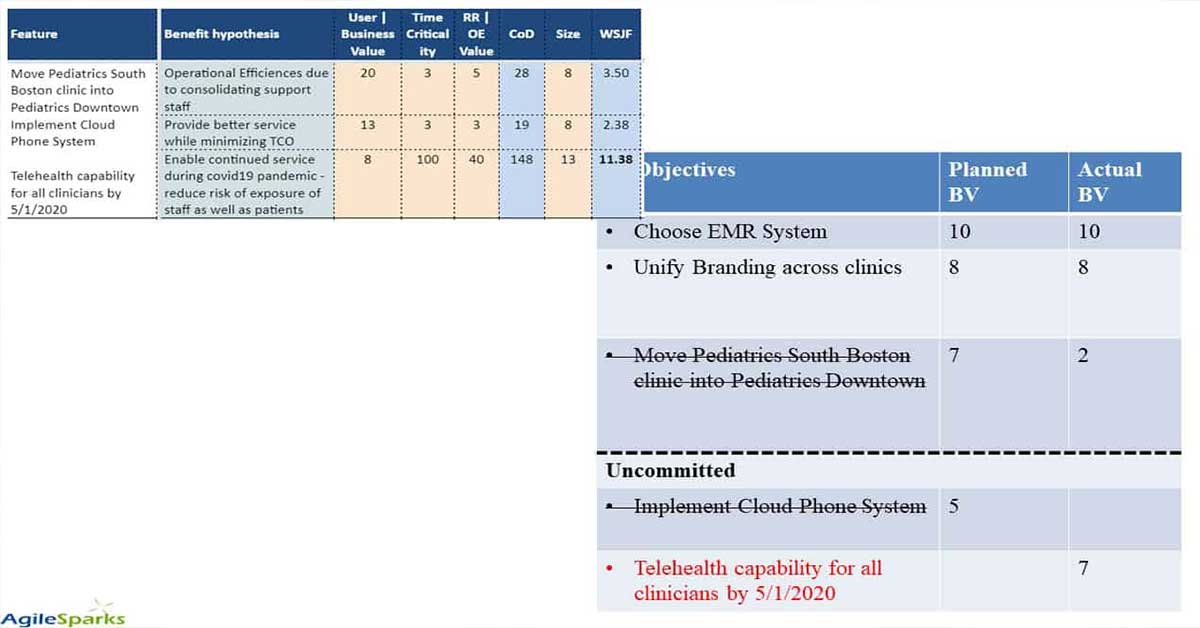
Handling scope change during a SAFe Program Increment (PI)
How do we handle Scope Changes in a SAFe Program Increment?
A question about handling scope changes in SAFe was posed recently on a forum I’m participating in (The SAFe Community Forum). This is a question posed regularly in training and on ARTs I’m coaching so I thought I’d provide my thoughts here.
